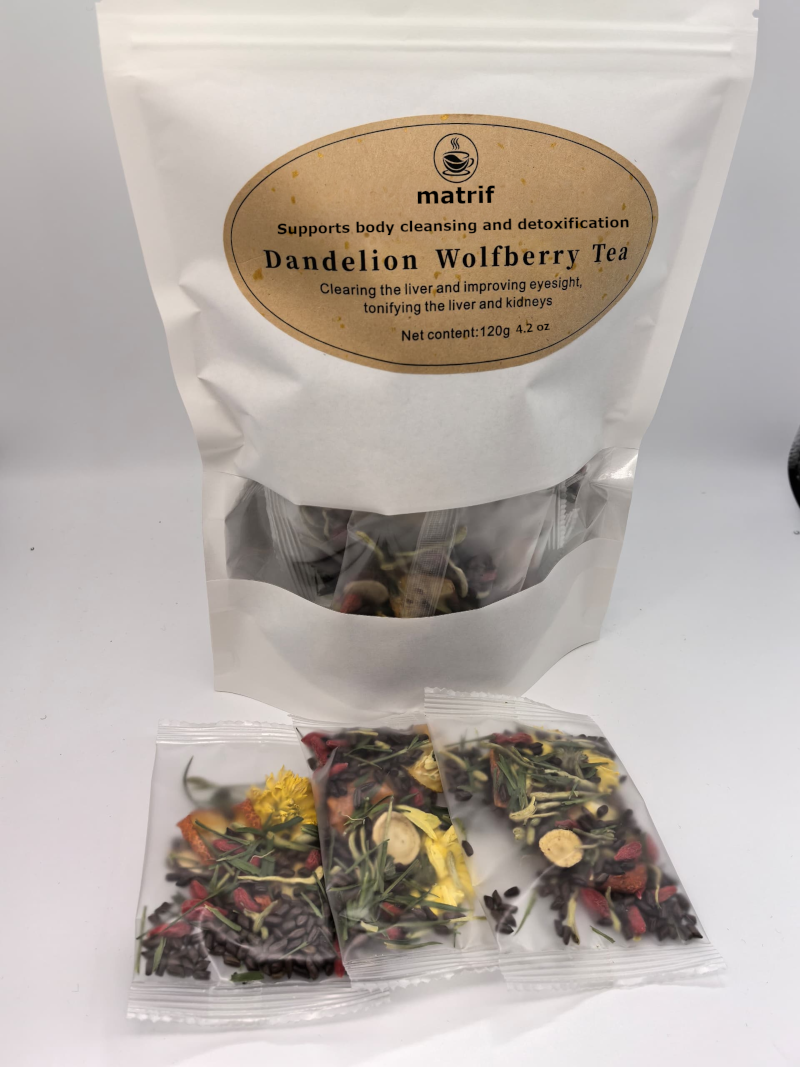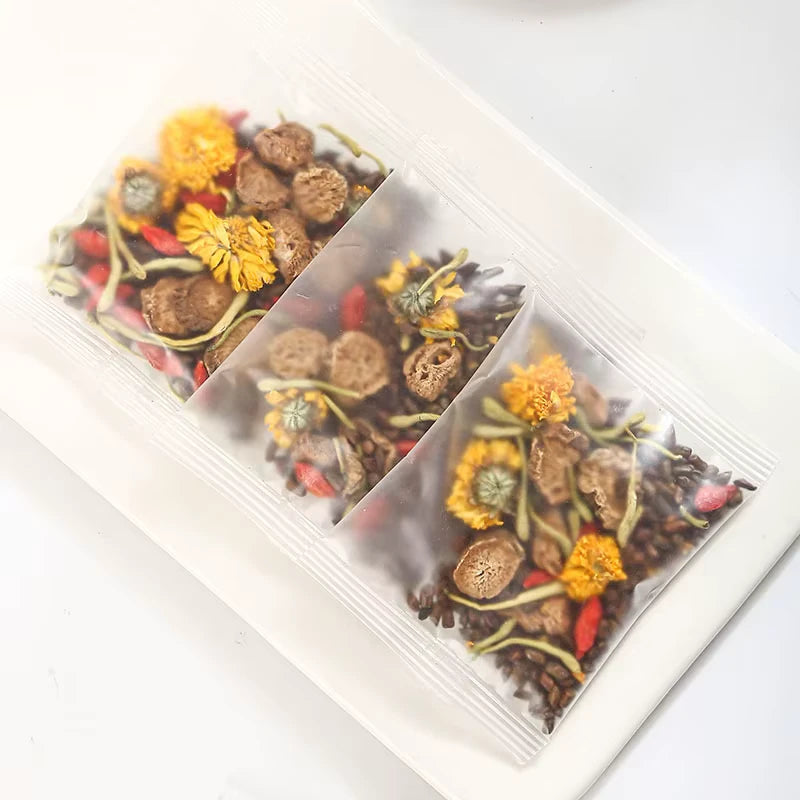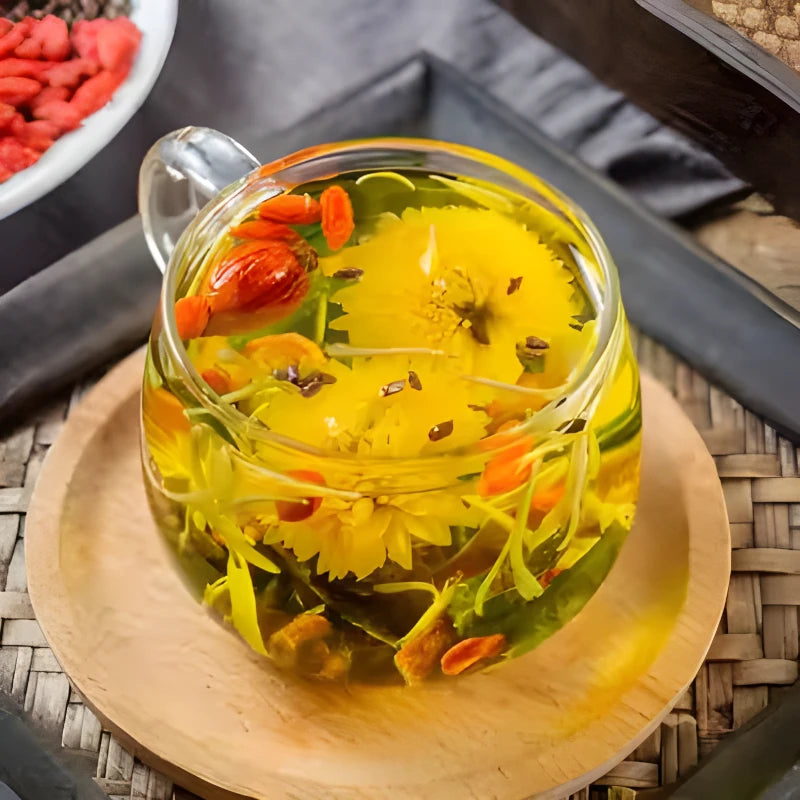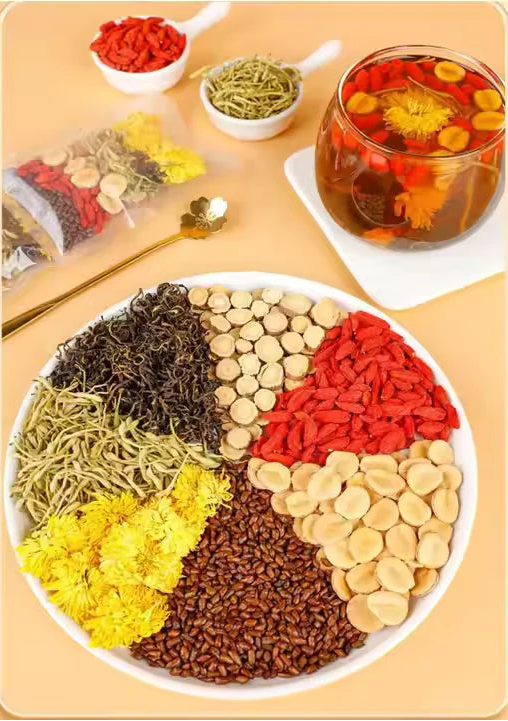As Seen In

14 Symptoms and Skin Signs Your Liver Might Be in Trouble – and How to Support It Naturally
Your liver is your body’s natural detox powerhouse — processing nutrients, breaking down toxins, and supporting hormone balance. But when your liver isn’t functioning properly, it often shows up in one unexpected place: your skin.
Below are 14 Symptoms and skin-related signs that could point to underlying liver issues — and what you can do to support a healthy liver function naturally.
Your Liver: The Silent Powerhouse of the Body
The liver is the second-largest organ in the human body, weighing about 1.5 kilograms (3.3 pounds). It's located in the upper right side of the abdominal cavity, just behind the right rib cage, beneath the diaphragm, and slightly above the gallbladder.
What makes the liver truly remarkable is its hundreds of vital functions, including:
- Processing nutrients from the food we eat
- Filtering toxins and harmful substances from the blood
- Producing cholesterol and certain essential hormones
- Generating bile needed for blood clotting and other processes
- Synthesizing proteins needed for blood clotting and other processes
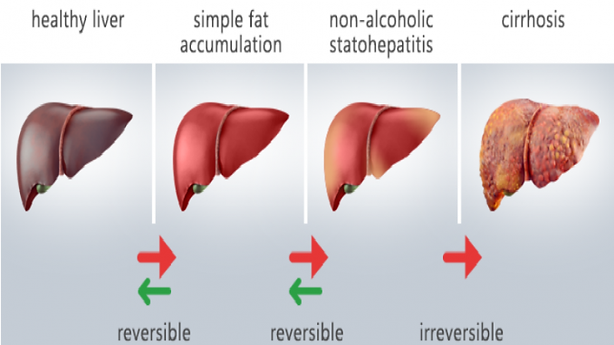
The Hidden Epidemic: Fatty Liver Disease
In the past, liver disease was associated mainly with older, overweight individuals or heavy alcohol consumption. But today, up to 30% of the population suffers from fatty liver disease (FLD) — including young, thin individuals.
The real danger isn’t just body fat — it’s the invisible internal fat that builds up in organs like the liver. The most common form today is called Non-Alcoholic Fatty Liver Disease (NAFLD).
The Silent Progression
The scary part? Most people don’t know they have it.
Fatty liver disease is typically asymptomatic in its early stages and often goes unnoticed unless detected by an ultrasound scan.
As fat builds up in the liver, it can lead to inflammation. Over time, this turns into scar tissue (fibrosis). Eventually, it can develop into cirrhosis, an irreversible condition that severely impairs liver function. In fact, by the time 80–90% of the liver is damaged, symptoms begin to appear — but at that stage, it's often too late.
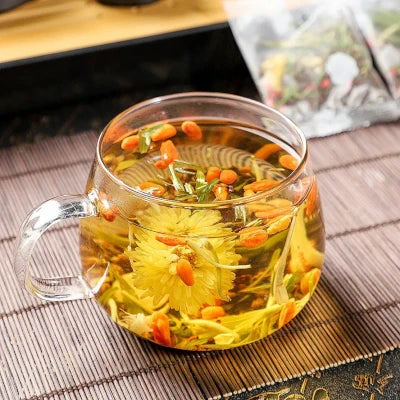
Strengthen Your Liver Naturally – Discover DANDELION WOLFBERRY TEA
Matrif Dandelion Wolfberry Tea is based on the principles of Traditional Chinese Medicine, using 8 carefully selected herbs like dandelion, goji berry, and chrysanthemum – long valued for their detoxifying and revitalizing properties.
Today, modern research and Western medicine are increasingly confirming what Chinese healers have known for centuries:
These herbs support liver and kidney function, aid in toxin elimination, and promote overall vitality.
Early Stage / Mild to Moderate Liver Issues:
These are the signs for Early Stages of Liver issues

Early Stage
1. Chronic Fatigue
One of the most common signs of fatty liver.
The body is overworking to process toxins that the liver fails to break down efficiently, leaving you constantly tired – even after sleep.
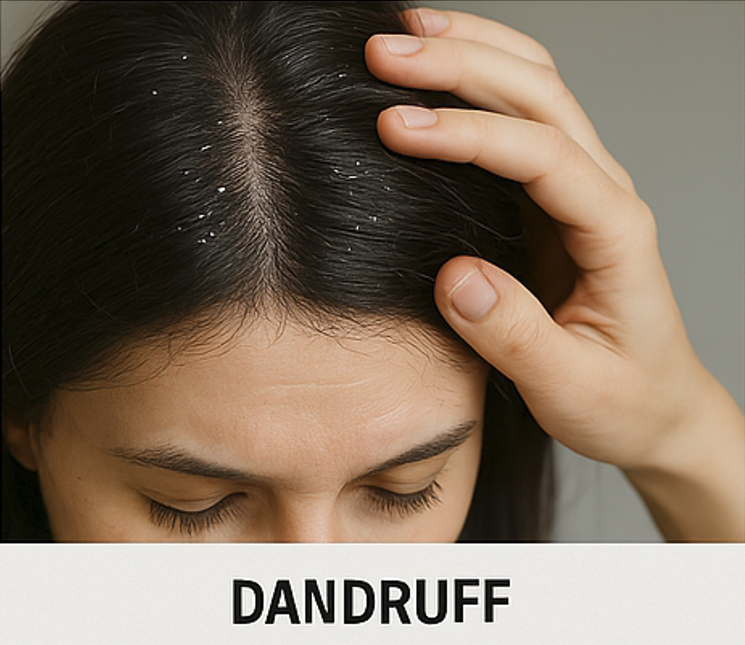
Early Stage
2. Dandruff
Not just a scalp issue – it can point to liver stress.
Often caused by a deficiency in B2 and B6 – vitamins the liver relies on heavily. When liver function is impaired, these nutrients become poorly absorbed and less available for skin health.
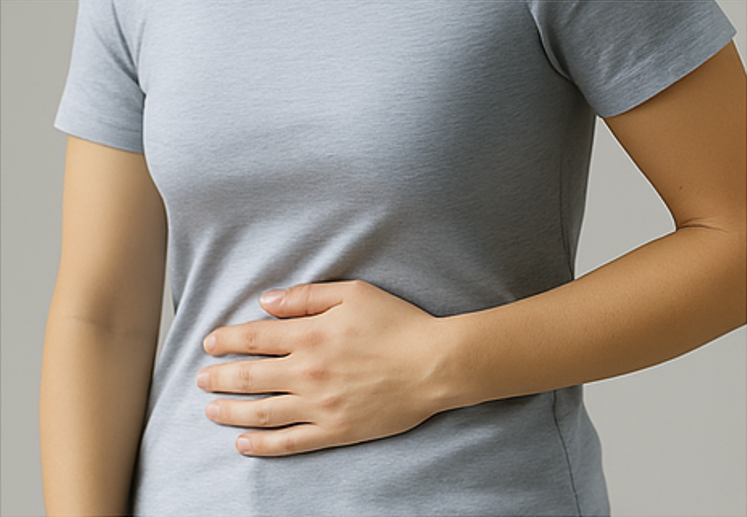
Early Stage
3. Pain or Discomfort in the Upper Right Abdomen
A physical sign that something’s off with your liver.
This discomfort often comes and goes, and many people don’t feel it consistently.
This pain is usually due to swelling or mild inflammation of the liver, putting pressure on nearby organs or tissues.
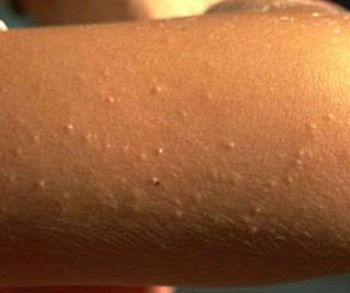
Early Stage
4. Chicken Skin" on the Back of the Hands – Hyperkeratosis
Bumpy texture or raised follicles are more than a cosmetic issue.
This skin condition is linked to a deficiency in fat-soluble vitamins (A, D, E, K), which require healthy bile production from the liver to be absorbed properly.
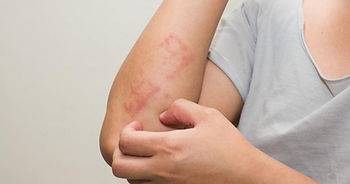
Early Stage
5. Itchy Skin (Pruritus)
Chronic itchiness, especially without a visible rash, can be linked to bile salt buildup in the blood — another sign the liver isn’t filtering properly.
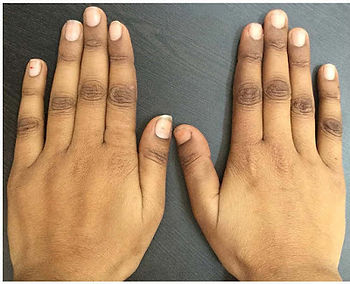
Early Stage
6. Dark Skin on the Wrists – Hyperpigmentation
Discoloration around the knuckles or wrists may reflect internal imbalances.
Common in cases of vitamin B12 or iron deficiency – both processed and stored by the liver. This may also appear in conditions like hemochromatosis.
Intermediate Stage / Hepatitis or Early Cirrhosis
These are the signs for Intermediate Stages of Liver issues
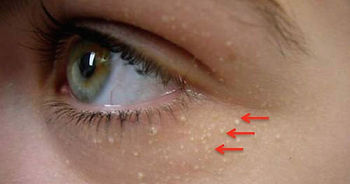
Intermediate Stage
7. Fat Deposits on Eyelids – Xanthelasma
Small yellowish patches near the inner corners of the eyes.
These are usually signs of high cholesterol and low HDL ("good" cholesterol), which can point to sluggish liver performance.

Intermediate Stage
8. Spider Veins (Spider Angiomas)
These small, web-like blood vessels — often on the face, chest, or neck — can appear when estrogen levels are elevated, which is common in liver dysfunction.
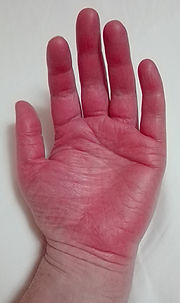
Intermediate Stage
9. Red Palms (Palmar Erythema)
Persistent redness on the palms may be caused by hormonal imbalances related to chronic liver disease, especially cirrhosis.
Advanced Stage / Life-Threatening Conditions
These are the signs for Advanced Stages of Liver issues
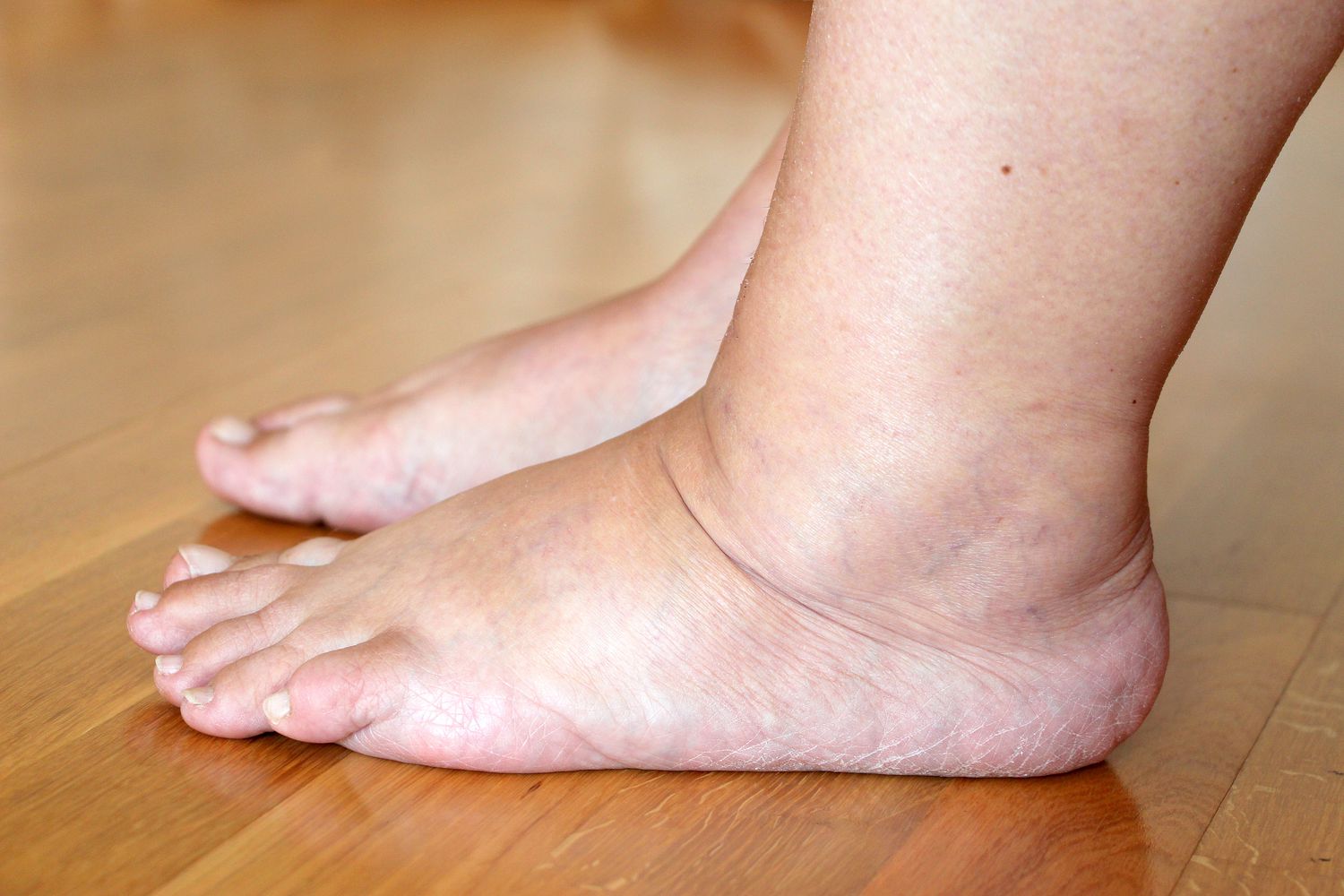
Advanced Stage
10. Swelling in the Legs (Edema) or Abdomen (Ascites)
A visible and dangerous sign of liver failure.
When the liver can’t produce enough albumin and venous pressure rises, fluid accumulates in the limbs or abdomen – indicating a life-threatening condition.
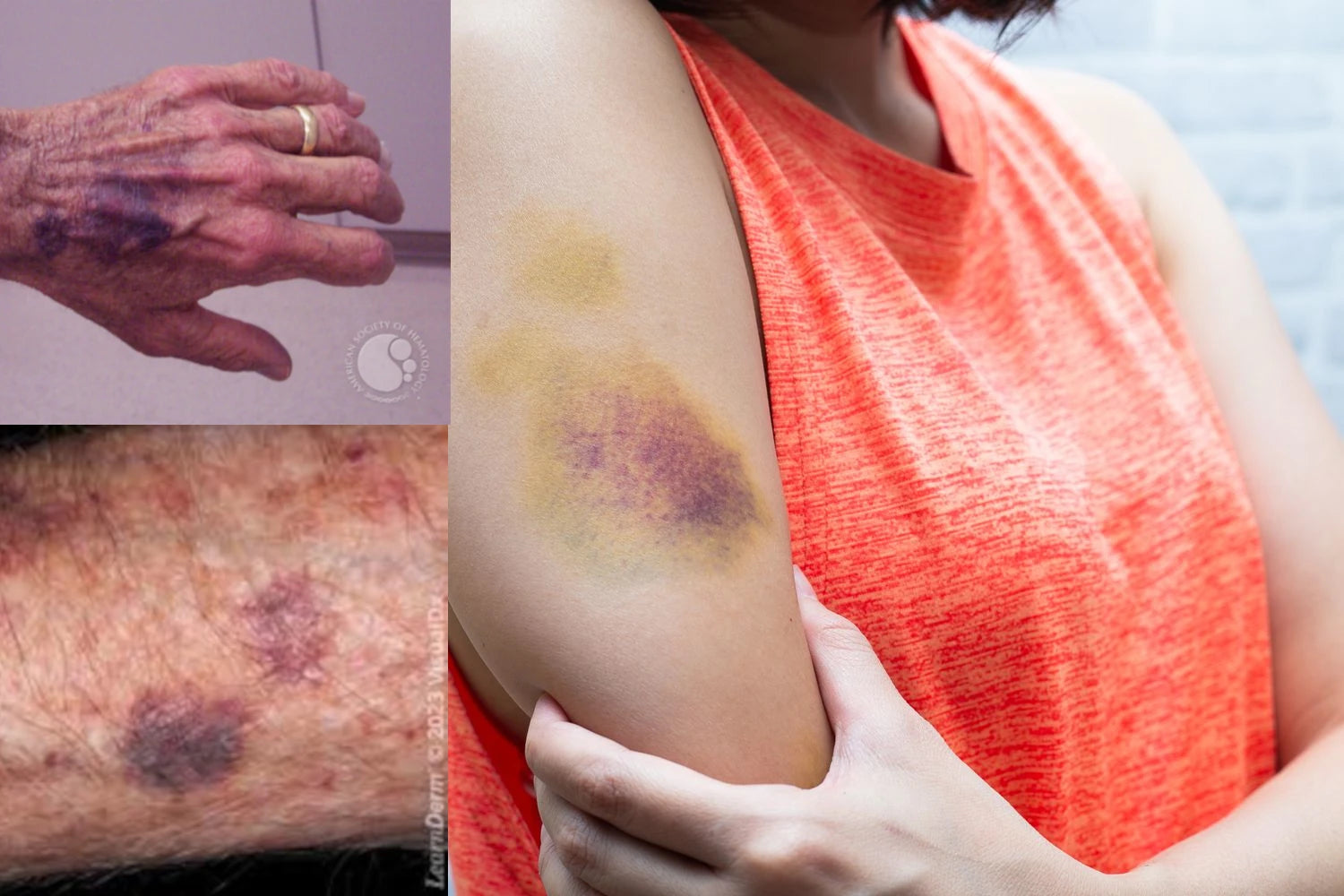
Advanced Stage
11. Easy Bruising or Red Dots on the Legs (Ecchymosis)
When the liver is no longer producing enough clotting factors, even minor bumps can lead to noticeable bruising or clusters of red or purple spots on the skin, especially the lower legs. This sign may indicate advancing liver damage and impaired blood clotting.
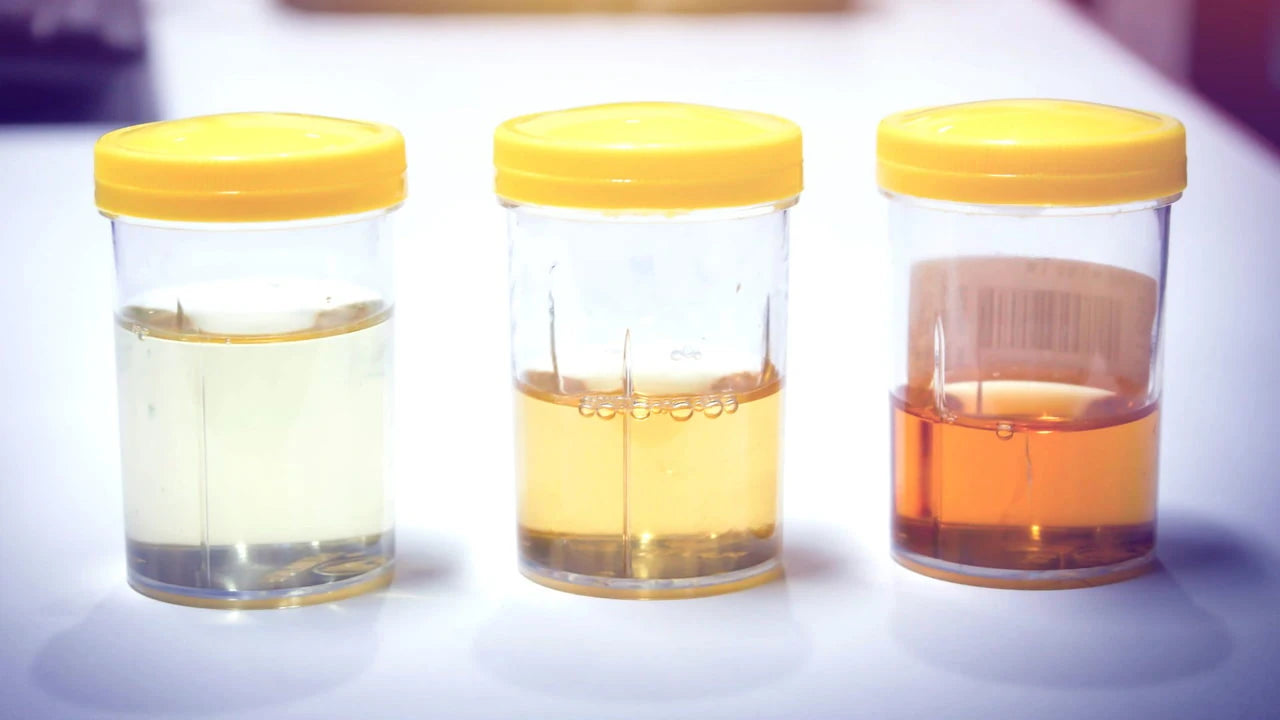
Advanced Stage
12. Dark Urine or Pale Stools
Changes in the color of urine and stool can indicate that bile flow is disrupted. Dark urine and pale or clay-colored stools may occur when bile isn't properly excreted due to liver inflammation, gallbladder blockage, or advanced liver disease.

Advanced Stage
13. Yellowing Skin or Eyes (Jaundice)
A classic sign of liver dysfunction, jaundice occurs when the liver can't properly process bilirubin, a yellow pigment. This buildup can cause the skin and whites of the eyes to appear yellow. It’s a strong signal that liver health needs attention.
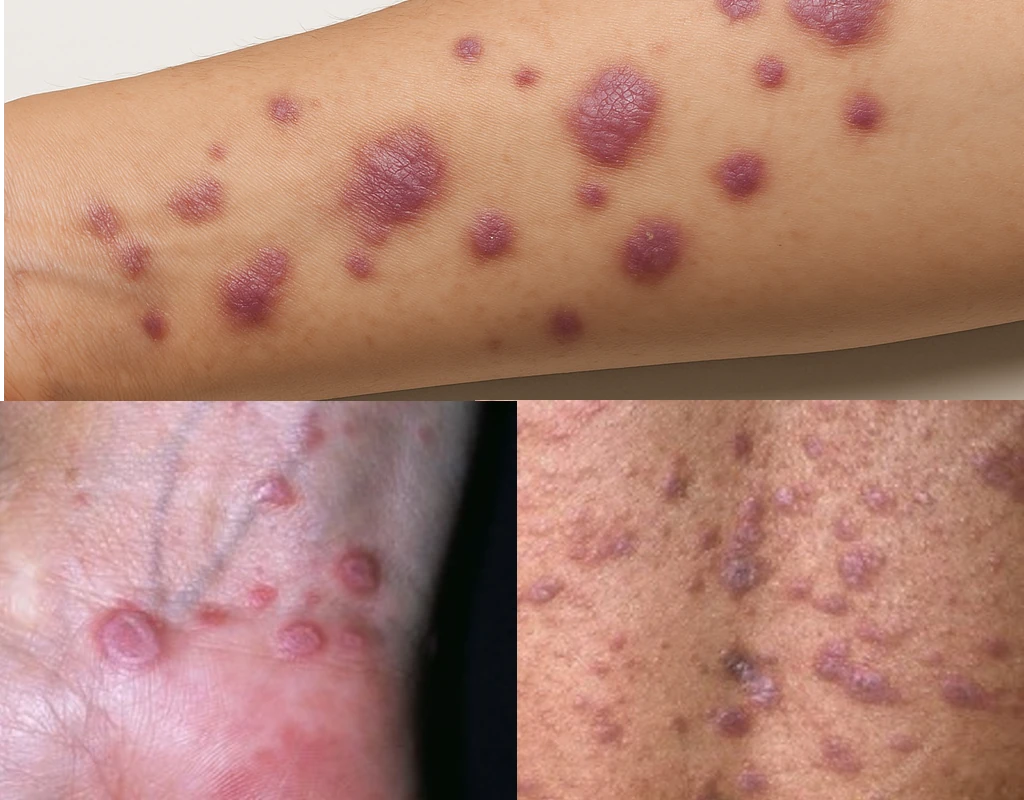
Advanced Stage
14. Prominent Purple Patches – Lichen Planus
A possible autoimmune reaction with liver roots.
While rare, this skin condition is sometimes linked to chronic hepatitis and long-standing liver damage.
How to Heal Your Liver: What to Avoid & What to Do
In advanced stages, it is crucial to seek immediate medical attention at a hospital. For early and intermediate stages, it is highly recommended to consult with a healthcare professional. However, you can also prevent further damage and support your liver's healing through the following actions:
What to Avoid:
- Carbohydrates and sugary foods
- Processed foods
- Refined seed oils (corn, canola, sunflower, soybean)
- Constant snacking – eat structured meals
- Alcohol
What to do:
1. Drink Water with Lemon or Organic Apple Cider Vinegar (ACV)
- Boosts insulin sensitivity
- Provides natural Vitamin C
- Increases glutathione – the body’s master antioxidant
Try: 1 glass in the morning or before meals
2. Drink Liver-Supportive Herbal Tea:
One of the easiest — and most enjoyable — ways to support liver function is with a high-quality herbal detox tea like -Dandelion Wolfberry Tea
3. Eat Cruciferous Vegetables: Broccoli, cauliflower, cabbage, asparagus, radish, Brussels sprouts – cooked or raw (unless you have thyroid issues).
These also help detox the liver and reduce fatty buildup.
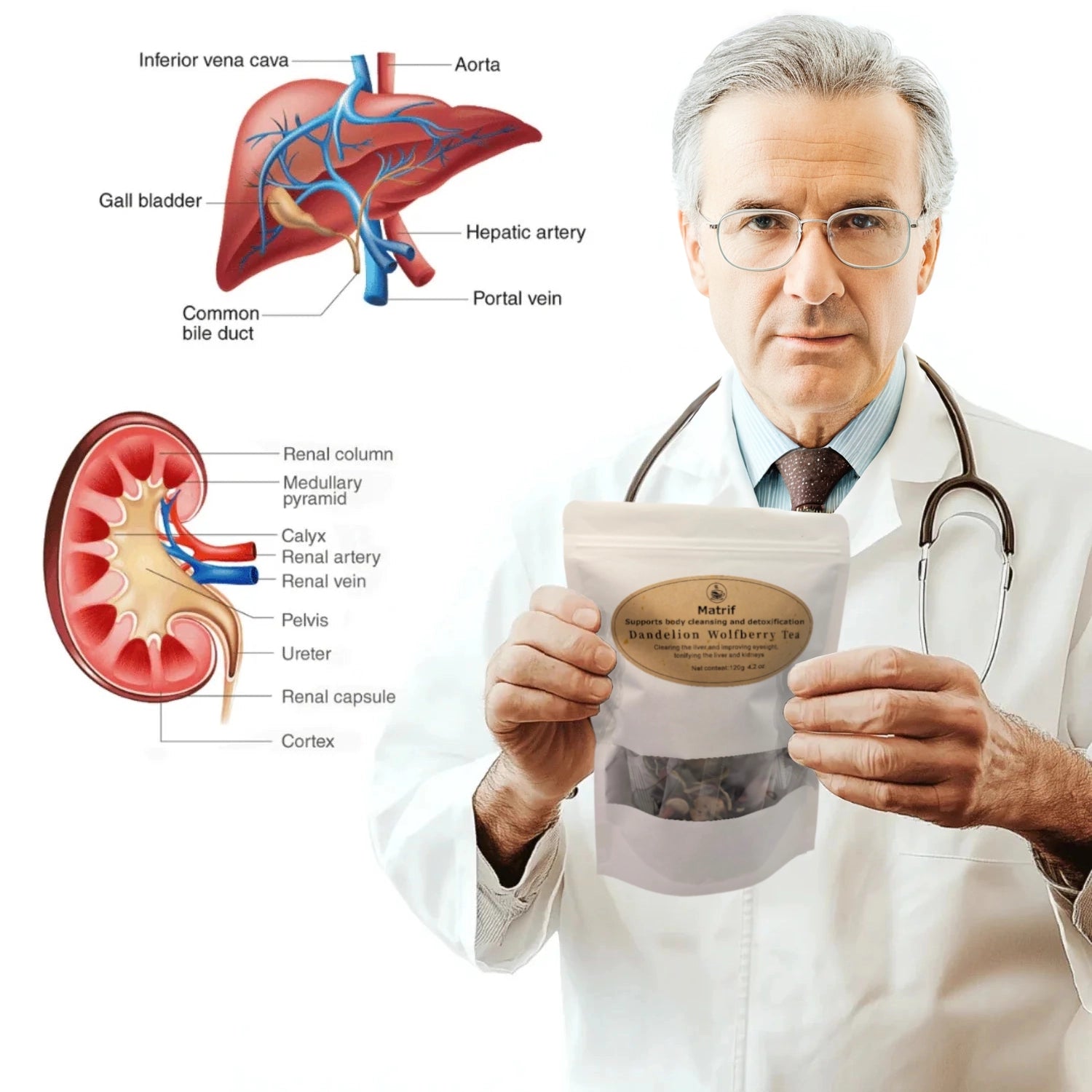
Results-Based Research: Improved Liver and Kidney Health with Measurable Results After Just a Few Weeks!
What to expect?
In the first 1-2 weeks: Feel more energized as your liver and kidneys begin gentle detoxification. You may also notice a reduction in bloating and an overall sense of well-being.
After 1-2 months: Enjoy clearer skin, improved digestion, brighter vision, and enhanced liver and kidney function. You might also experience a stronger immune system and better mood stability.
After 2 months to 6 months: Feel sustained vitality, with stronger liver and kidney function supporting overall wellness. Many users also report improved sleep quality and a healthier metabolism.
Disclaimer: Results may vary from person to person, depending on individual health conditions and lifestyle. For optimal results, it is recommended to maintain a balanced diet and healthy lifestyle. While our product supports liver and kidney health, it works best when paired with proper nutrition and regular exercise.
4. Practice Intermittent Fasting: Gives your liver time to rest and regenerate.
if you need help on the best way to start try reading: The Leptin Fasting Diet. it interducing very easy approch for the best way to start fasting!
5. Eat Healthy Fats: Replace carbs with fats from coconut oil, olive oil, avocado, ghee, or butter.
6. Eat Quality Proteins: About 150–200g per meal. The liver uses amino acids for essential functions.
7.Consume Bitter Green Leafy Vegetables: Artichoke, arugula, spinach, celery, wheatgrass – the more bitter and green, the better!
8. Exercise Regularly: Liver burns glycogen first, then switches to fat – perfect for reducing liver fat.
Be Proactive: Protect Your Liver
Given how widespread and silent this disease is, it’s worth taking control early.
Don't wait to feel or see the symptoms, start your healthy habits today! some are very easy to do like drinking a cup of detoxifying Tea every day.
And if you're over 40, it’s wise to ask your doctor for a liver ultrasound, even if you feel fine. Early detection can make a life-changing difference.
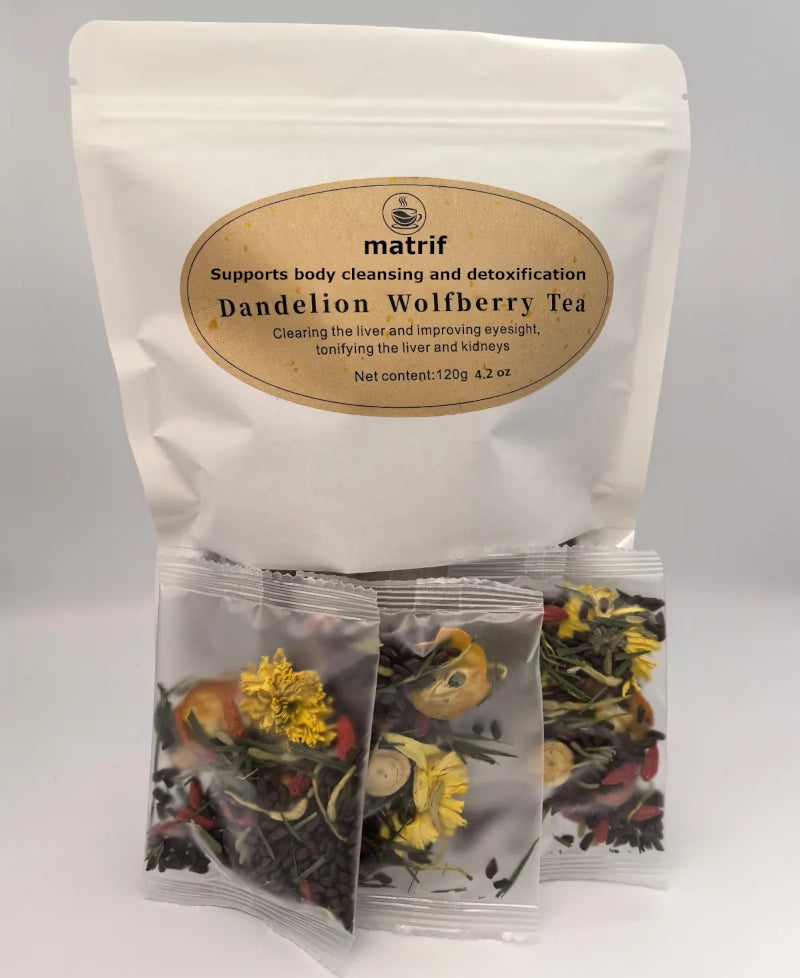
Matrif Herbal Infusion - Dandelion Wolfberry Tea
Matrif Herbal Infusion - Dandelion Wolfberry Tea
BUNDLE & SAVE
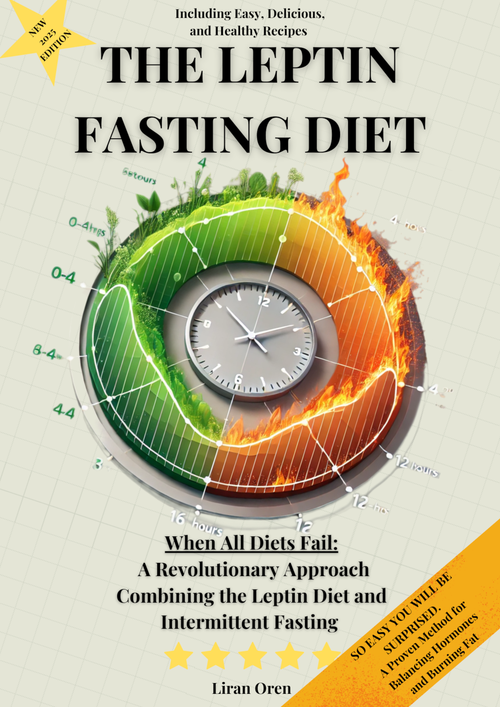
The Leptin Fasting Diet – Digital eBook




